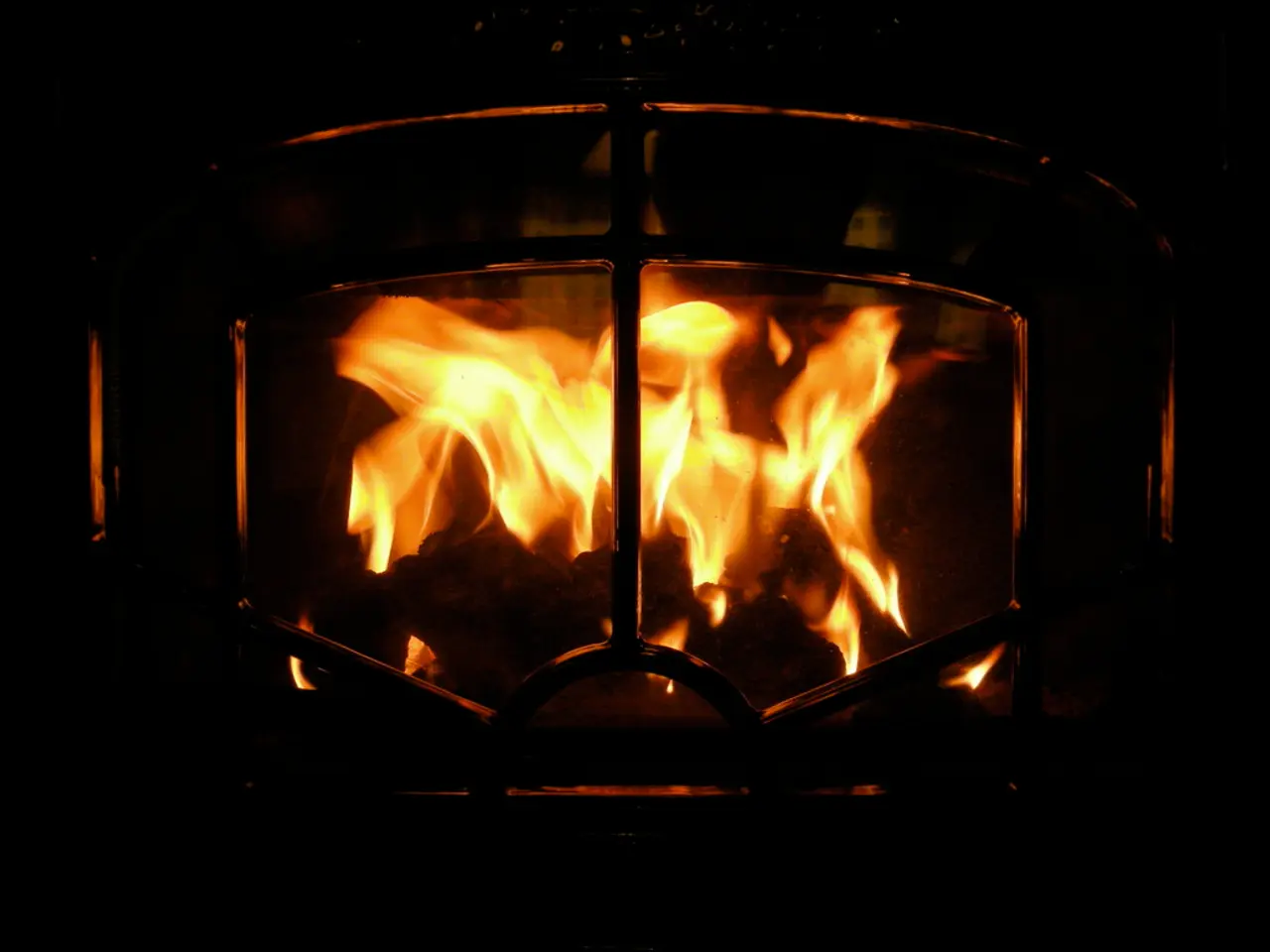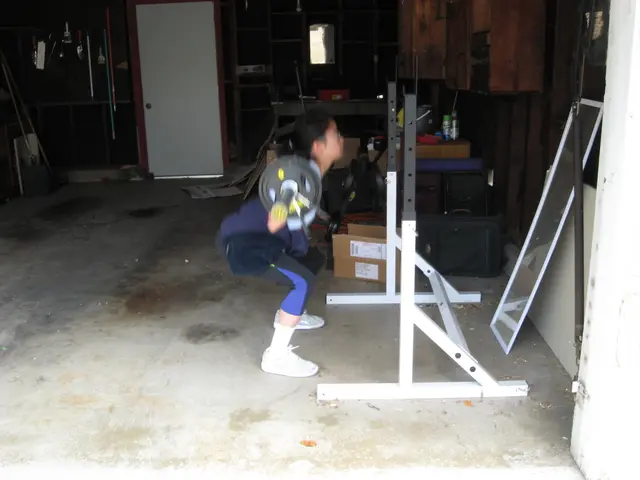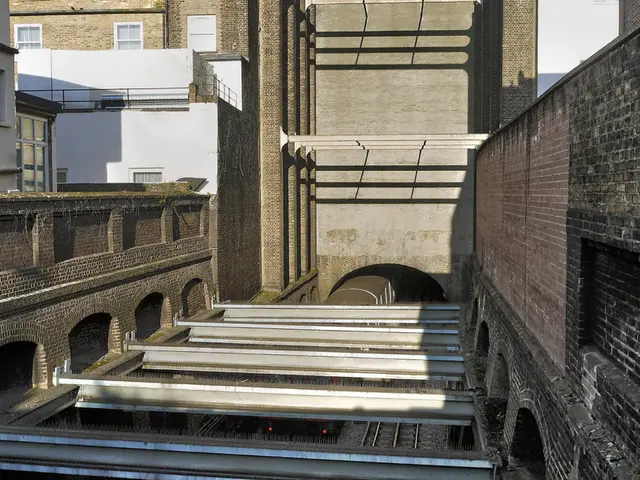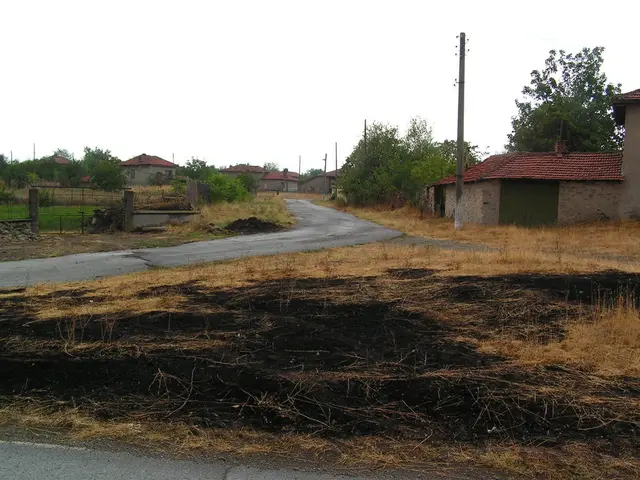Choosing between gas, electric, or timber fireplaces for your home: a guide to the ideal heat source
Indoor fireplaces remain a popular choice for Australian homes, providing warmth and ambience. With various types of indoor fireplaces available, making the right choice can be challenging. Here's a guide to help you understand the pros and cons of each option.
Wood Burning Fireplaces
Wood burning fireplaces offer a traditional charm but require high and consistent maintenance. They provide strong radiant heat but lose heat up the chimney, distribute heat unevenly in the room, and produce smoke that can irritate respiratory conditions. Wood burning fireplaces use logs of firewood or other combustibles as fuel and must have a chimney and flue installed to direct smoke and exhaust fumes out of the home.
Gas Burning Fireplaces
Gas burning fireplaces provide strong and even heating capabilities but have higher upfront costs. They are directly connected to an existing home gas supply and don't require manual ignition. However, they are becoming increasingly expensive to run.
Vented gas fireplaces have a flue and chimney to draw air for combustion and release smoke and exhaust fumes outside. On the other hand, ventless gas fireplaces burn at a higher temperature than vented models and emit dangerous exhaust gases inside the home, requiring strict regulations and carbon monoxide alarms.
Electric Fireplaces
Electric fireplaces are a popular choice due to their minimal maintenance requirements. They are powered by electricity and can be hardwired into mains or plugged into an existing power outlet. Electric fireplaces do not require a chimney or flue, gas connection, or manual ignition. They are very energy efficient but are less effective as a standalone heating source.
Electric fireplaces offer safety features such as 'cool-touch' exteriors and enclosed fireplaces with a glass front that protects from sitting directly in front of the flame. They are also safer for children and pets as they have no flame and no exhaust gases.
Ethanol Fireplaces
Ethanol fireplaces use bioethanol as fuel and do not require a chimney, greatly reducing maintenance. They produce real flames but are not good at heating large spaces. Ethanol fireplaces require you to source and resupply the fuel and may have a slight odor on extinguishing, depending on the brand of bioethanol fuel.
Fireplace Inserts
Fireplace inserts convert existing open fireplaces into a self-contained, fully-enclosed fireplace and can be fitted to any existing wood or masonry open fireplace.
Making Your Choice
The best fireplace for your home is a very individual decision, as the best fireplace for one household might not suit another. Factors to consider include your budget (both upfront and running costs), home set-up, family situation, and any health considerations. It's important to ensure any fireplace you opt for complies with the National Construction Code regulations and is installed by a qualified tradesperson.
Indoor fireplaces have remained popular in Australia, even in new builds and renovations, for their ability to add ambience as well as warmth. With the variety of options available, you're sure to find the perfect fireplace to suit your needs and enhance your living space.







